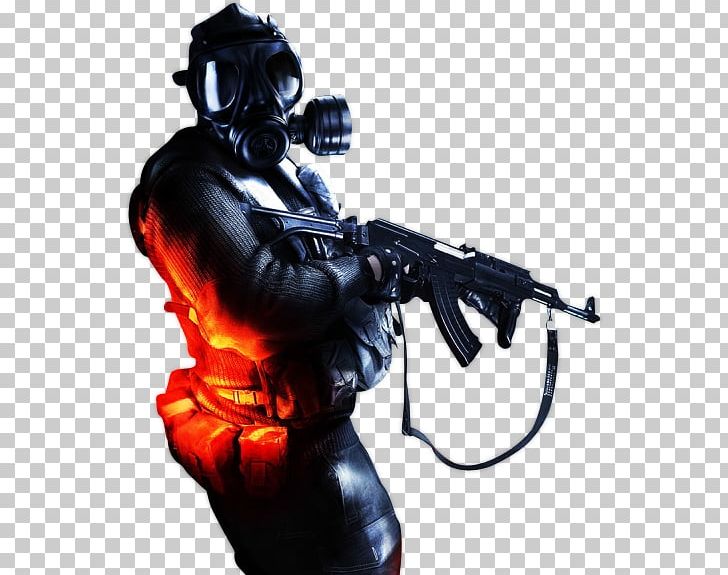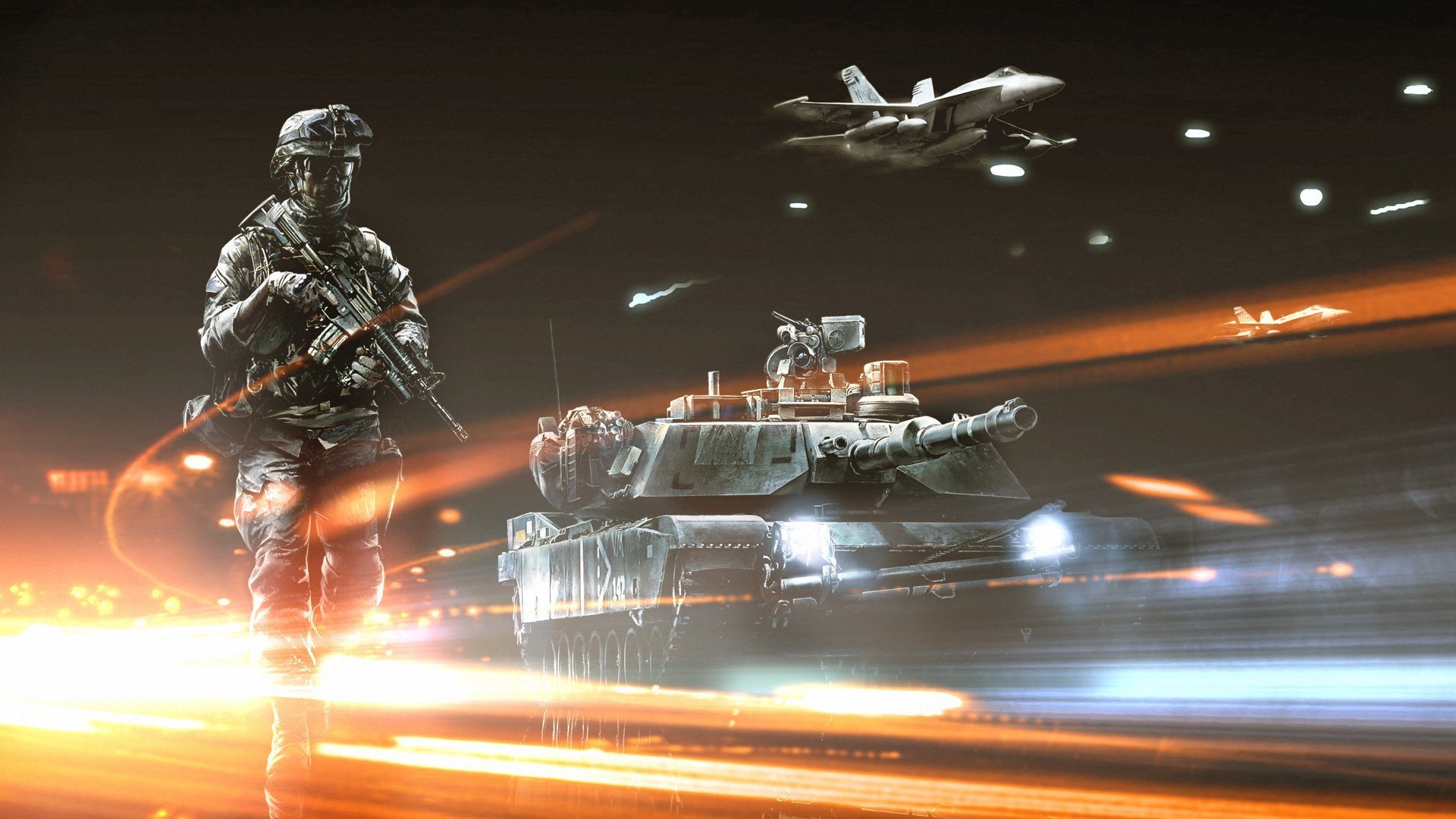

- #PIXEL 3 BATTLEFIELD 3 IMAGE UPDATE#
- #PIXEL 3 BATTLEFIELD 3 IMAGE FULL#
- #PIXEL 3 BATTLEFIELD 3 IMAGE OFFLINE#
Here is a screenshot (click for full res)
The main problem with object based cubemap is lighting seams between adjacent objects using different cubemaps. Cubemaps can have a range to not affect objects outside their boundaries, they can affect background objects only, dynamic objects only or both.
#PIXEL 3 BATTLEFIELD 3 IMAGE OFFLINE#
This is the way adopted by Half Life 2 for their world specular lighting.īackground objects will be linked at their nearest cubemaps offline and dynamic objects will do dynamic queries at runtime. Objects take the nearest cubemap placed in the level and use it as specular ambient light source. In all strategies describe below, I won’t talk about visual fidelity but rather about problems and advantages.Įach object is linked to a local cubemap. Each cubemap bounding volume is rendered to the screen and normal+roughness from G-Buffer is used to sample the cubemap. – Only with a deferred or light-prepass engine: Apply K cubemaps by weighted additive blending. – Blending cubemap on the GPU and use the resulted cubemap in the shader. Expensive depends on the resolution and required double buffering resources to avoid GPU stall. – Blending cubemap on the CPU and use the resulted cubemap in the shader. – Sampling K cubemaps in the main shader and do a weighted sum. The number of local cubemap required to match lighting condition of a scene increase with the lighting complexity (i.e if you have a lot of different lights affecting a scene, you need to sample the lighting at several location to be able to simulate the original lighting condition).Īnd as we often need to blend multiple cubemap, I will define different cubemap blending method : They are used for middle and high frequency lighting scene like indoor lighting. More, as cubemap represent an infinite box by definition, there is parallax issue (Reflected objects are not at the right position) which require tricks to be compensated. The generated lighting is only right at the location where the cubemap was generated, all other locations must be approximate. – Local cubemaps: These cubemaps have a location and represent finite environment lighting.They are mostly generating with game engine based on a sample location in the level. They are perfect for representing low frequency lighting scene like outdoor lighting (i.e the light is rather smooth across the level). They can be generated with the game engine or authored by hand. – Infinite cubemaps: These cubemaps are used as a representation of infinite distant lighting, they have no location. I will divide cubemaps in two categories: For clarity, I need to introduce some definitions: The choice of the right method to use depends on the game context and engine architecture. In this section I will discuss several strategies of cubemap usage for ambient specular lighting.

IBL strategies for ambient specular lighting As always, any feedbacks or comments are welcomed. I use the term specular cubemap to refer to both classic specular cubemap and prefiltered mipmapped radiance environment map. It will finish by several algorithms to parallax-correct a cubemap and the application for the local IBL with parallax-cubemap approach. Second, it will detail an algorithm to gather nearest cubemaps from a point of interest (POI), calculate each cubemap’s contribution and efficiently blend these cubemaps on the GPU.

The post will first describe different IBL strategies for ambient specular lighting, then give some tips on saving specular cubemap memory. Even if most part of this post are dedicated to tools setup for this new approach, they can easily be reuse in other context. There is many different specular cubemaps usage in game and this post will describe most of them and include the description of a new approach to simulate ambient specular lighting with local image-based Lighting. The cubemap parameterization is the main use due to its hardware efficiency and this post is focus on ambient specular lighting with cubemap. Image-based lighting (IBL) is common in game today to simulate ambient lighting and it fit perfectly with physically based rendering (PBR).
#PIXEL 3 BATTLEFIELD 3 IMAGE UPDATE#
This post replace and update a previous post name “Tips, tricks and guidelines for specular cubemap” with information contain in the Siggraph 2012 talk “Local Image-based Lighting With Parallax-corrected Cubemap” available here. Version : 1.28 – Living blog – First version was 2 December 2011


 0 kommentar(er)
0 kommentar(er)
